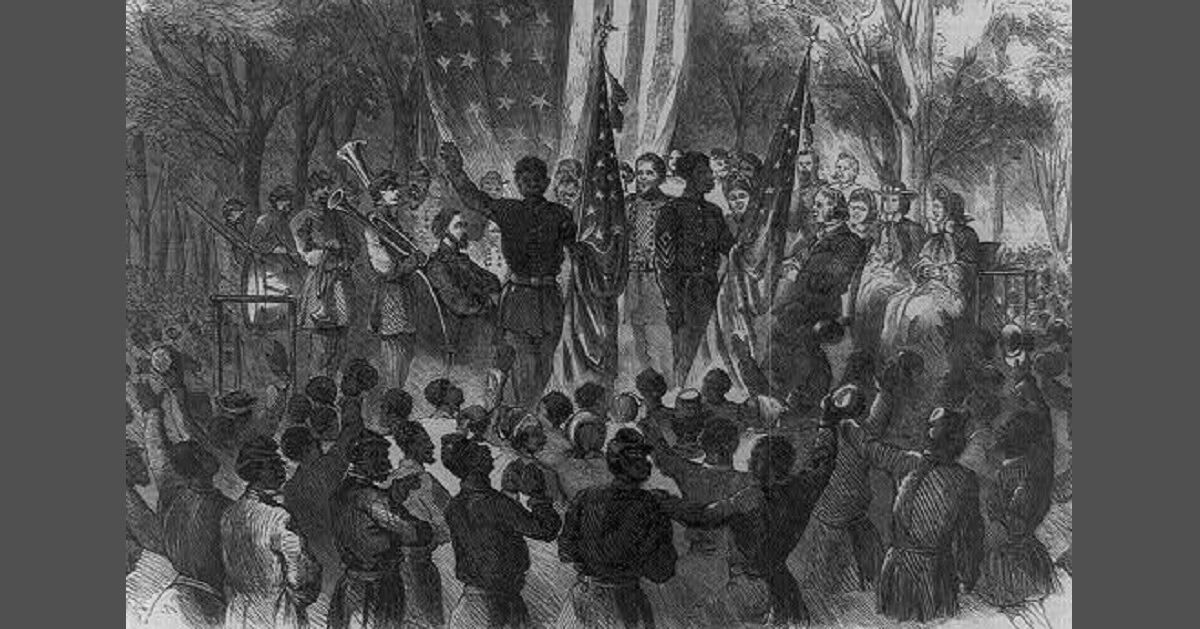FORT BRAGG, North Carolina — Fort Bragg will undergo a name change later this year as part of a congressional mandate to remove items from Department of Defense property that commemorate the confederacy. But officials have maintained that history is not being erased.
Fort Bragg is currently named after Gen. Braxton Bragg, a Confederate general known for being a slave owner and losing battles during the Civil War.
But the post is also the site of one of the last cavalry battles during the wind-down of the Civil War, according to archeologists with Fort Bragg’s Cultural Resources Management Program.
RELATED

Nestled among the Carolina pines near Fort Bragg’s ranges and training areas are historical markers and grave sites for Union and Confederate soldiers who fought during the March 10, 1865, battle at Monroe’s Crossroads.
“It’s the last cavalry clash of the battles of the Civil War and actually one of the last cavalry engagements in American history,” said Jon Schleier, an archeologist with the Fort Bragg Cultural Resource Management Program.
Battle of Monroe’s Crossroads
Toward the end of the war, Union Gen. William Sherman had completed marches through Georgia and South Carolina and was moving through North Carolina, Schleier said.
Sherman’s goal, Schleier said, was to “bring the war home to the South.”
With forces double that of the Confederacy, Sherman sent cavalry forces led by Maj. Gen. H. Judson Kilpatrick to make Confederate forces think Union soldiers were headed toward Charlotte, Schleier said.
“But really, his true goal was to get to Fayetteville,” Schleier said.
Fayetteville was a target because of its armory and proximity to the Cape Fear River, which connected to Wilmington and was one of the last ports used for Confederate supplies, Schleier said.
The goal of the Confederates, Schleier said, was to slow down Union forces. When the Confederates realized Union soldiers were not going to Charlotte, they sent troops to try to cut off Sherman and secure Fayetteville, he said.
Dark rain and mud
Lt. Gen. Wade Hampton was sent to bolster Man. Gen. Joseph Wheeler’s Confederate cavalry troops.
Kilpatrick realized he was between the Confederate infantry and cavalry and split his forces to place the 1st Brigade near Chicken Road, 2nd Brigade to Yadkin Road and 3rd and 4th Brigades to Monroe’s Crossroads, Schleier said.
The brigades at Monroe’s Crossroads set up camp at the abandoned Charles Monroe farm, but left the west side unguarded, while there was confusion about which direction the enemy would be coming and where Fayetteville was, Schleier said.
The other brigades were against dark, rainy conditions and mud, and Confederate scouts noticed fresh hoofprints along Yadkin and Morganton roads and captured about 25 Union soldiers with the 15th Kentucky Brigade.
“I kind of liken it to a knife fight in a dark room … Chaos begins to reign here,” Schleier said.
The Confederates led by Wheeler attacked the Union camp during the early morning hours and tried to find Kilpatrick. Kilpatrick, who was at a nearby homestead, pointed to another Union soldier when approached by a Confederate soldier asking where Kilpatrick was.
Schleier said while Confederate reinforcements were stuck in the mud, soldiers at Monroe’s Crossroads celebrated what they thought was a win against Union soldiers.
More:The Civil War on Bragg: Monroe’s Crossroads
Confederates retreat
Meanwhile, Kilpatrick’s female companion, who was traveling with him, stayed at the nearby farmhouse where leadership of the 3rd and 4th Brigade slept on the second story. An artillery regiment slept under the house.
Kilpatrick’s companion told Confederate soldiers that there were no Union soldiers there, and Hampton posted guards there to ensure no one would bother her, Schleier said.
While Confederate forces celebrates, the Union forces organized an attack.
Schlier said a Spencer repeating rifle was an advantage over the Confederate’s pistols and shotguns, and the Union cavalry soldiers moved in. The artillery soldiers made their way to their equipment.
The Confederates, Schleier said, retreated.
Though Kilpatrick claimed victory, his forces were slowed down because he had to tend to his dead and wounded men, Schleier said.
The Confederates soon after wired the Cape Fear River bridge with explosives to prevent Union forces from making it to the other side.
Preserving history
Linda Carnes-McNaughton, curator of the Fort Bragg Cultural Resource Management Program, said shortly after the battle, locals marked the Union and Confederate casualties on the fields.
About six months later, residents of the Long Street Church community exhumed some Confederate soldiers and relocated them to a mass grave in the church cemetery.
Schleier said during the early days of Camp Bragg in the 1920s, Daniel Blue helped identify grave sites.
Blue witnessed the battle when he was 14, Schleier said.
While a 1920s wildfire wiped out the homesteads, the graves and markers are on the battlefield site, where buttons, artillery shells and other artifacts have been found. An archeological excavation commissioned by the National Parks Service has compared artifacts to historical field records.
A battlefield monument was dedicated in 1996.
“It’s being preserved because it’s a battlefield,” Carnes-McNaughton said. “Soldiers who fought here, no matter which side they fought for, they were fighting for what they believed in and they gave their lives here, so it’s a protected site.”
Col. John Wilcox, Fort Bragg’s garrison commander, said since the Army acquired the land, it’s “taken over the solemn responsibility,” of being “good neighbors to the Cumberland County area” to preserve the history.
Schleier said there’s a direct application for the military today to learn from the site through a staff ride program to tour the site by appointment.
“Even though the battle took place a little over 150 years ago, there’s still a lot of basic tenants here, … like your really simple basics of posting guard, being good at land navigation … You can learn a lot from history, from the mistakes other people made.”
Editor’s Note: This article was published as part of a content-sharing agreement between Army Times and The Fayetteville Observer.





